Ingress Protection (Ip) Rating
Sony WF 1000XM4
IPX4
Marshall Minor III IPX4
Ingress protection ratings refer to the rank of protection given by an enclosure, against solids and water. In the format of IPXX, 'X' represents a number The first value of the IP rating means protection against solids say dust, while the second refers to protection against liquids (water).
Scoring IPX4, the Marshall Minor III's rating is read as, the first number of X denotes that no data available to specify a protection rating, and the second number of 4 means that they can withstand low pressure spray similar to that of a shower head when tilted at 180° for 10 minutes.
Compared to the Marshall Minor III, Sony WF 1000XM4 have a rating of IPX4 meaning that
we are not yet certain of their rating with solids (dust)
and that of liquids is that,
they both have the same rating against liquids
Weight
Sony WF 1000XM4
7.1g
Marshall Minor III 8g
Marshall Minor III have a weight of 8g . We consider a lower weight better because lighter devices are more comfortable to transport.
Sony WF 1000XM4, at 7.1g
are lighter than the Marshall Minor III with a difference -0.9g
Has No Wires Or Cables
Sony WF 1000XM4
✓
Marshall Minor III ✓
True wireless devices have no cables connecting any part of the device together, Marshall Minor III are true wireless for this matter since they have no wires. This is an important difference as some wireless earbuds have cables linking the two earbuds .
Sony WF 1000XM4 also is true wireless since it doesn't have wires connecting the pair of earbuds together.
Sweat Resistance
Sony WF 1000XM4
✓
Marshall Minor III ✓
Marshall Minor III have sweat resistance
Sony WF 1000XM4's resistance to sweat makes both devices good for use during long-distance running, marathons, training in workout bodysuits, etc
Has Stereo Speakers
Sony WF 1000XM4
✓
Marshall Minor III ✓
Marshall Minor III have stereo speakers, devices with stereo speakers deliver sound from independent channels on both left and right sides, this creates a richer sound and a better listening experience.
Both Sony WF 1000XM4 and Marshall Minor III have stereo speakers
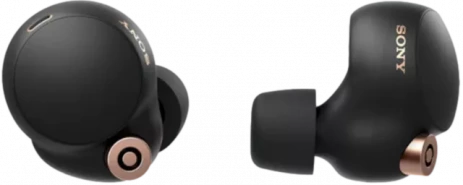
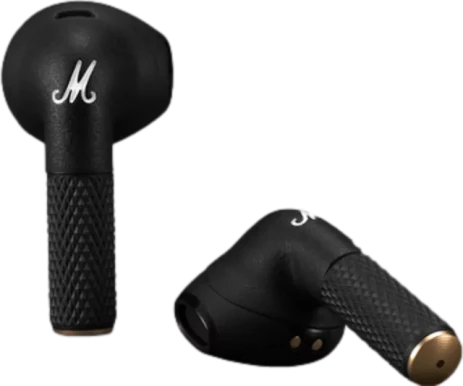
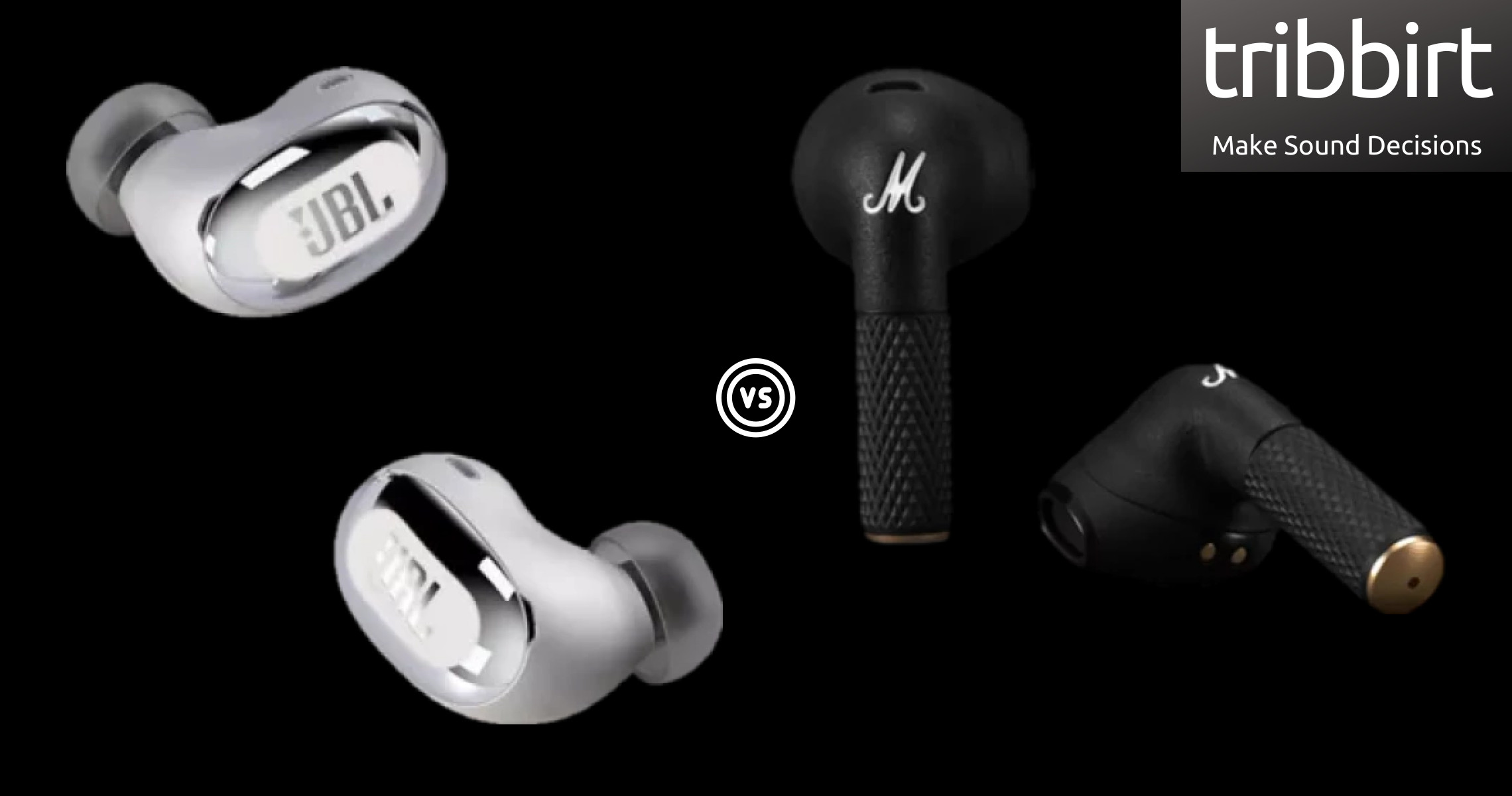
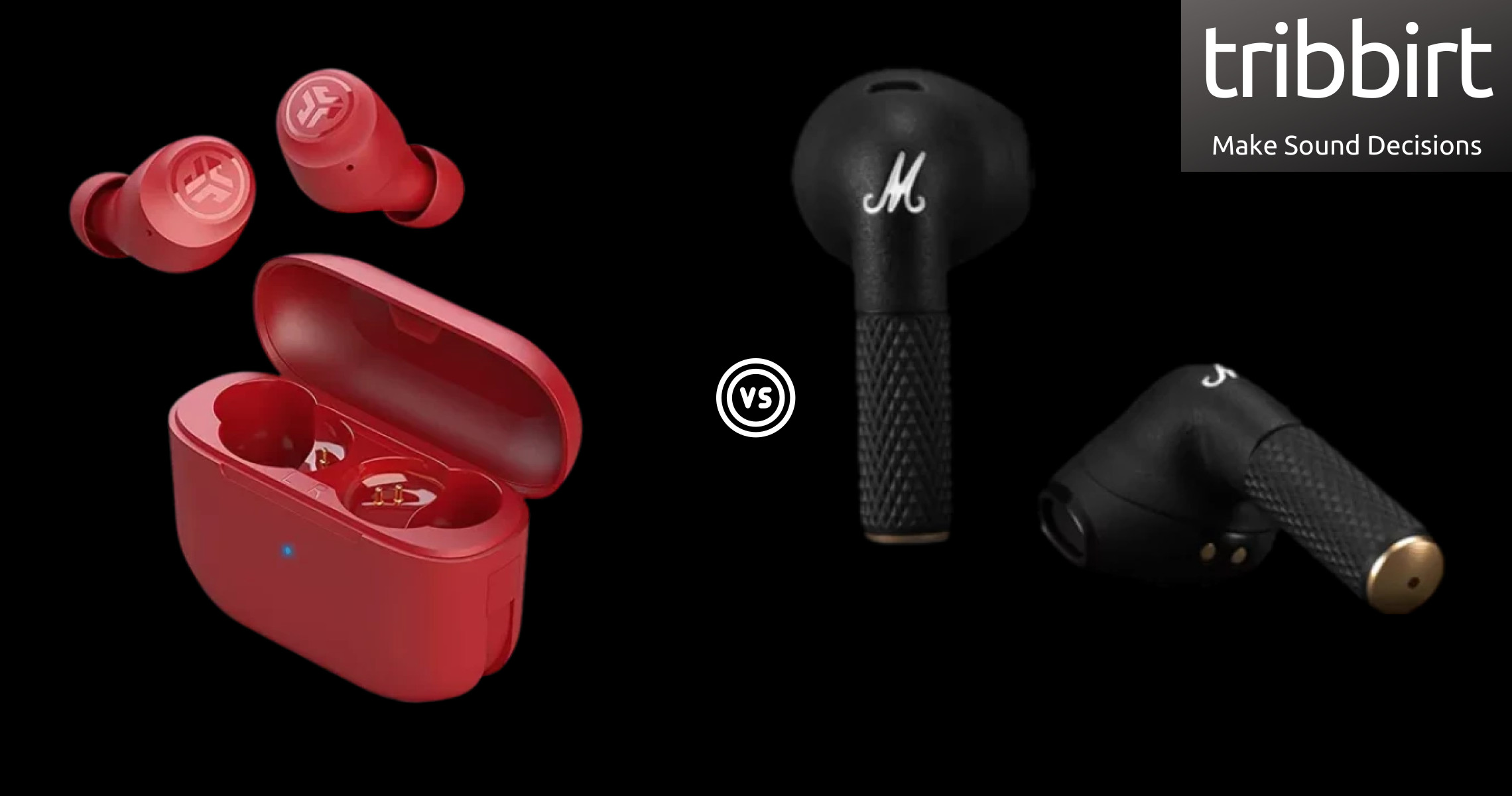
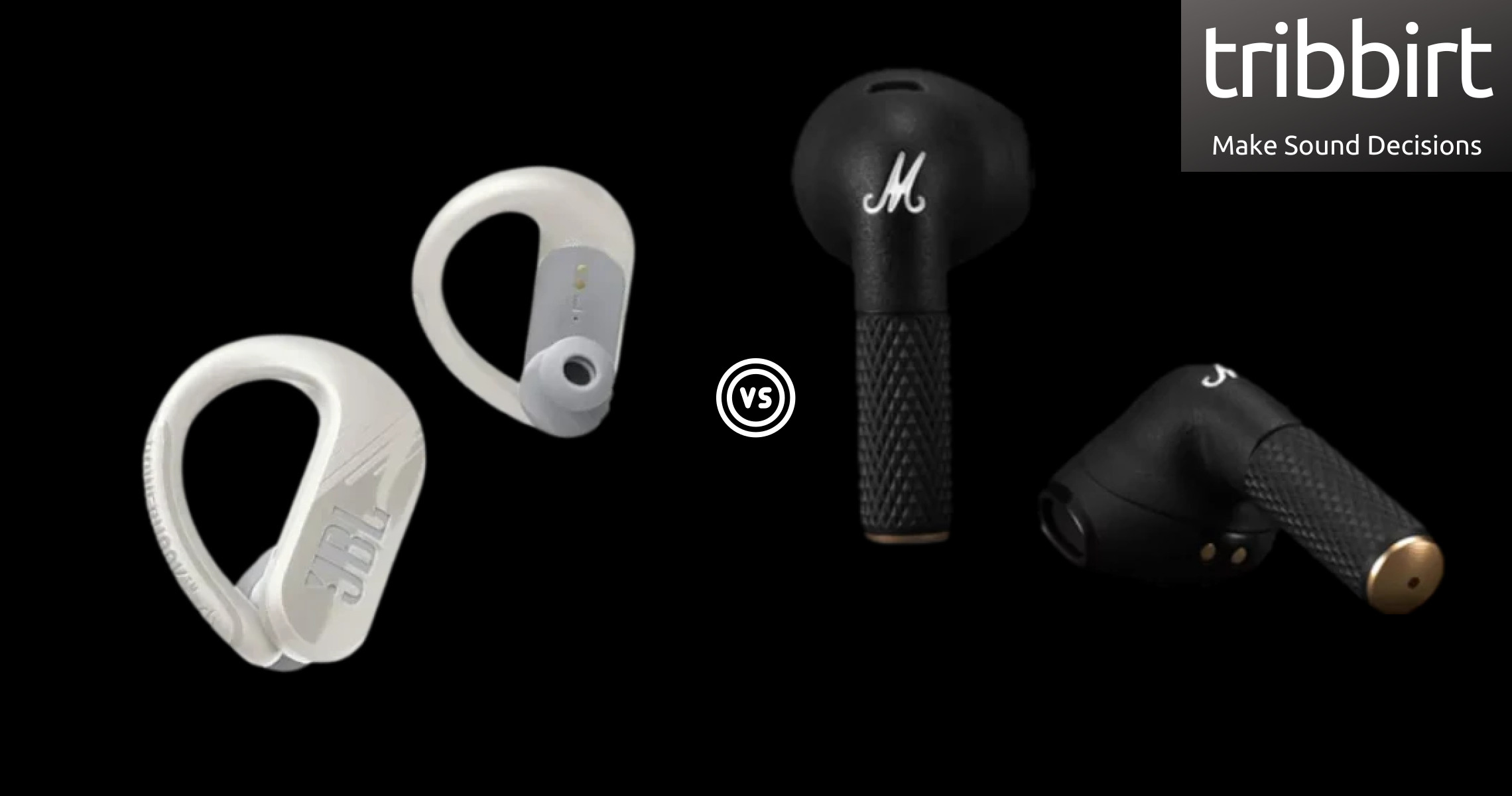
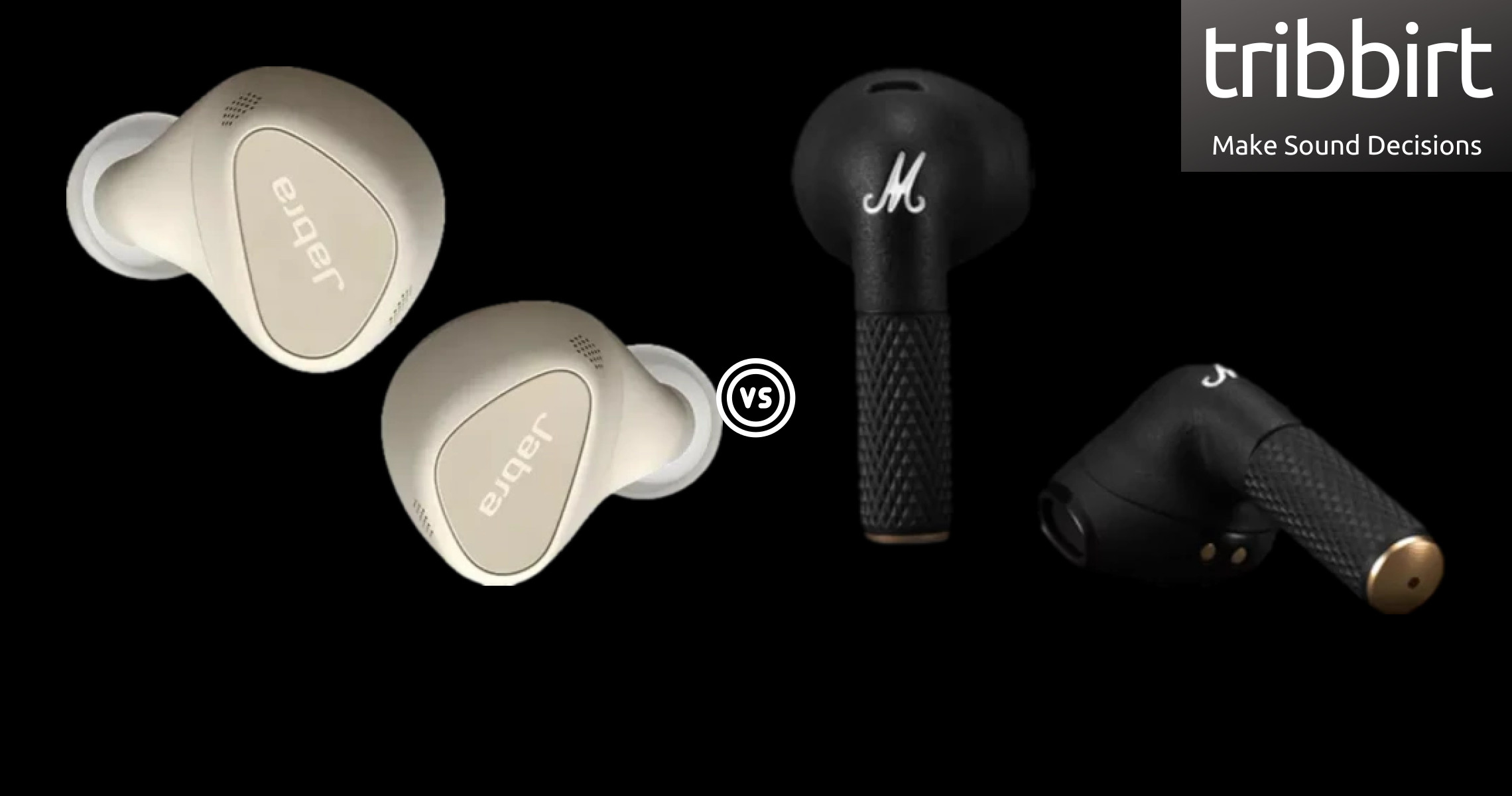
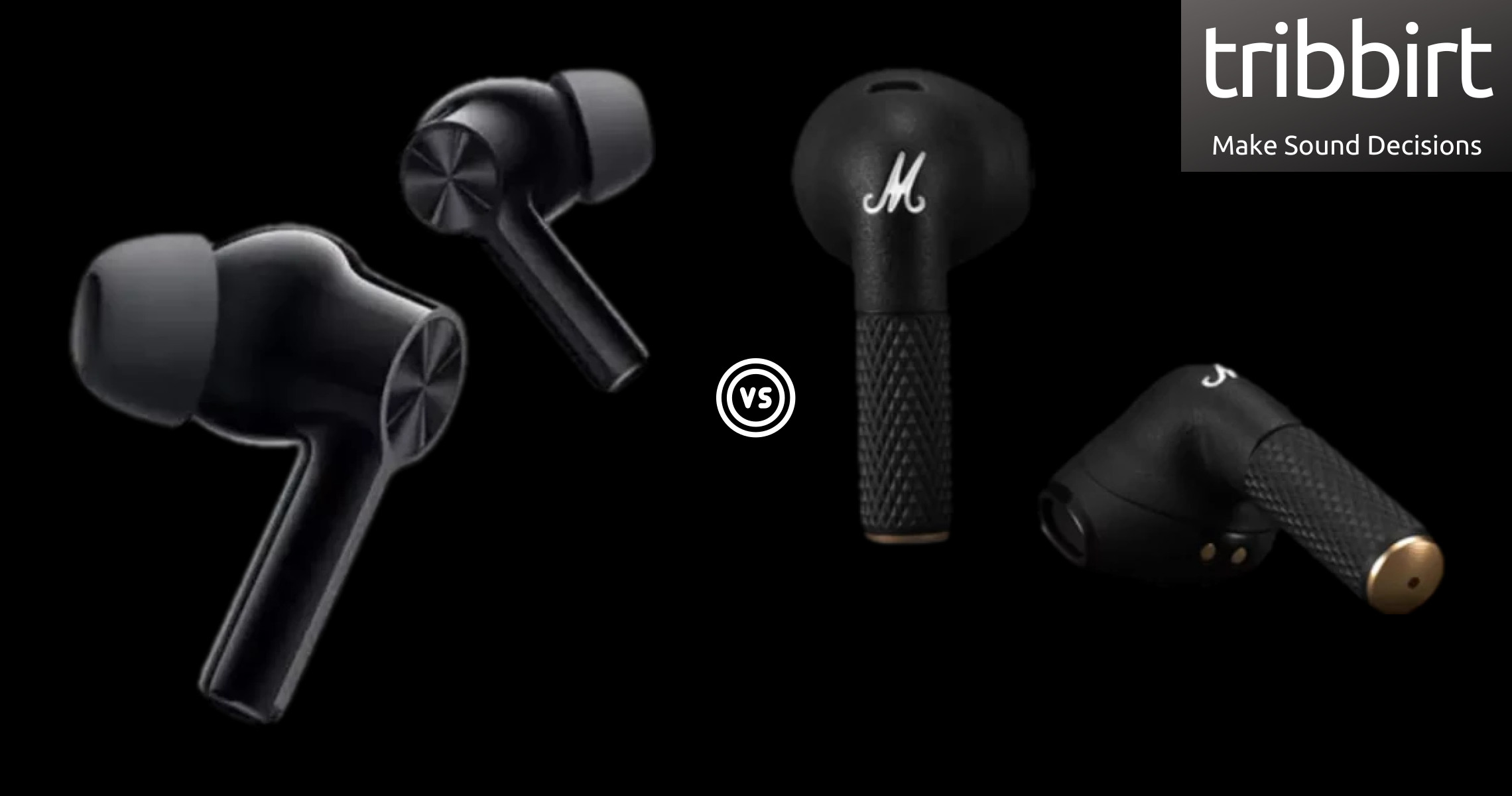
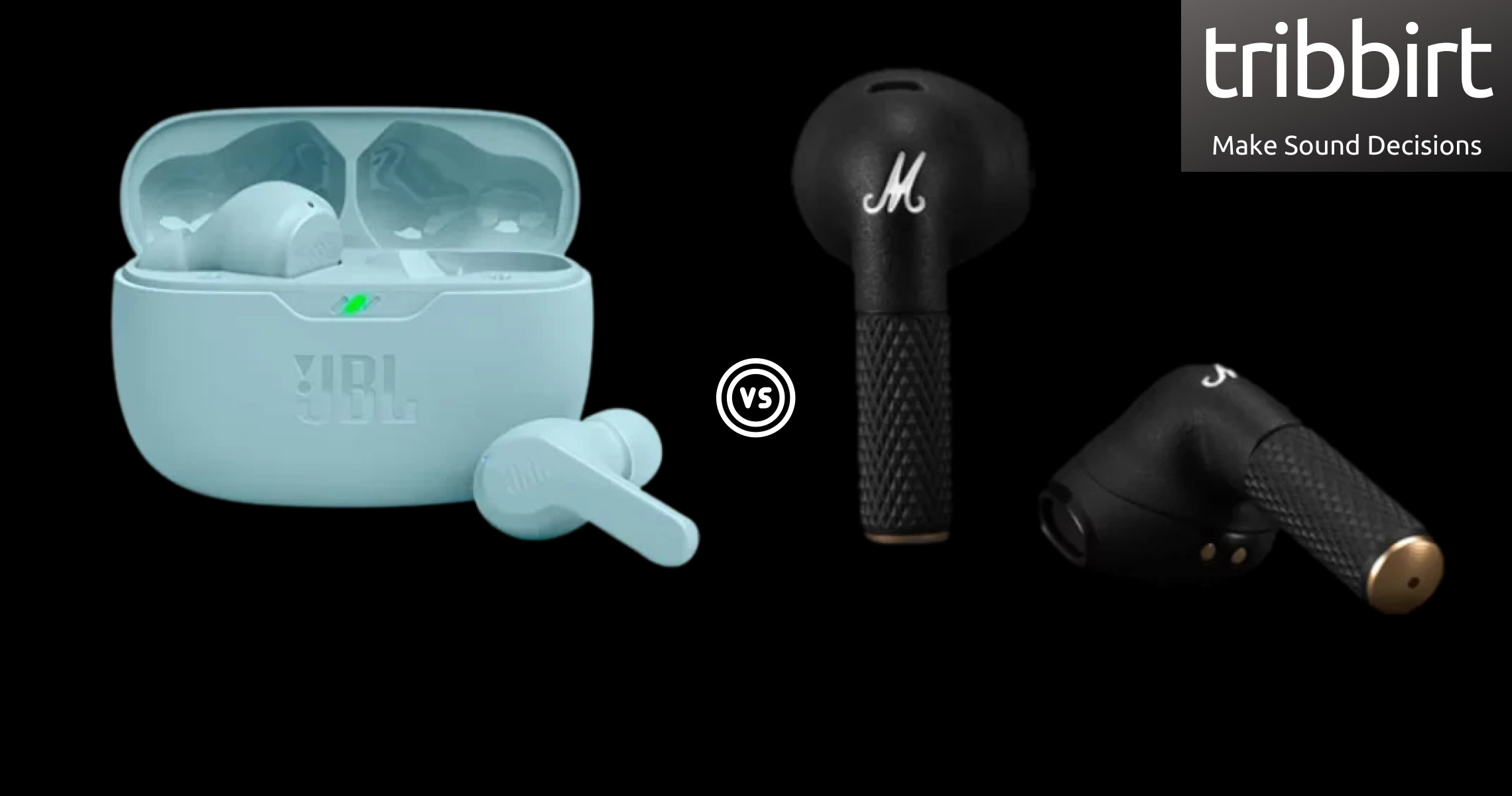

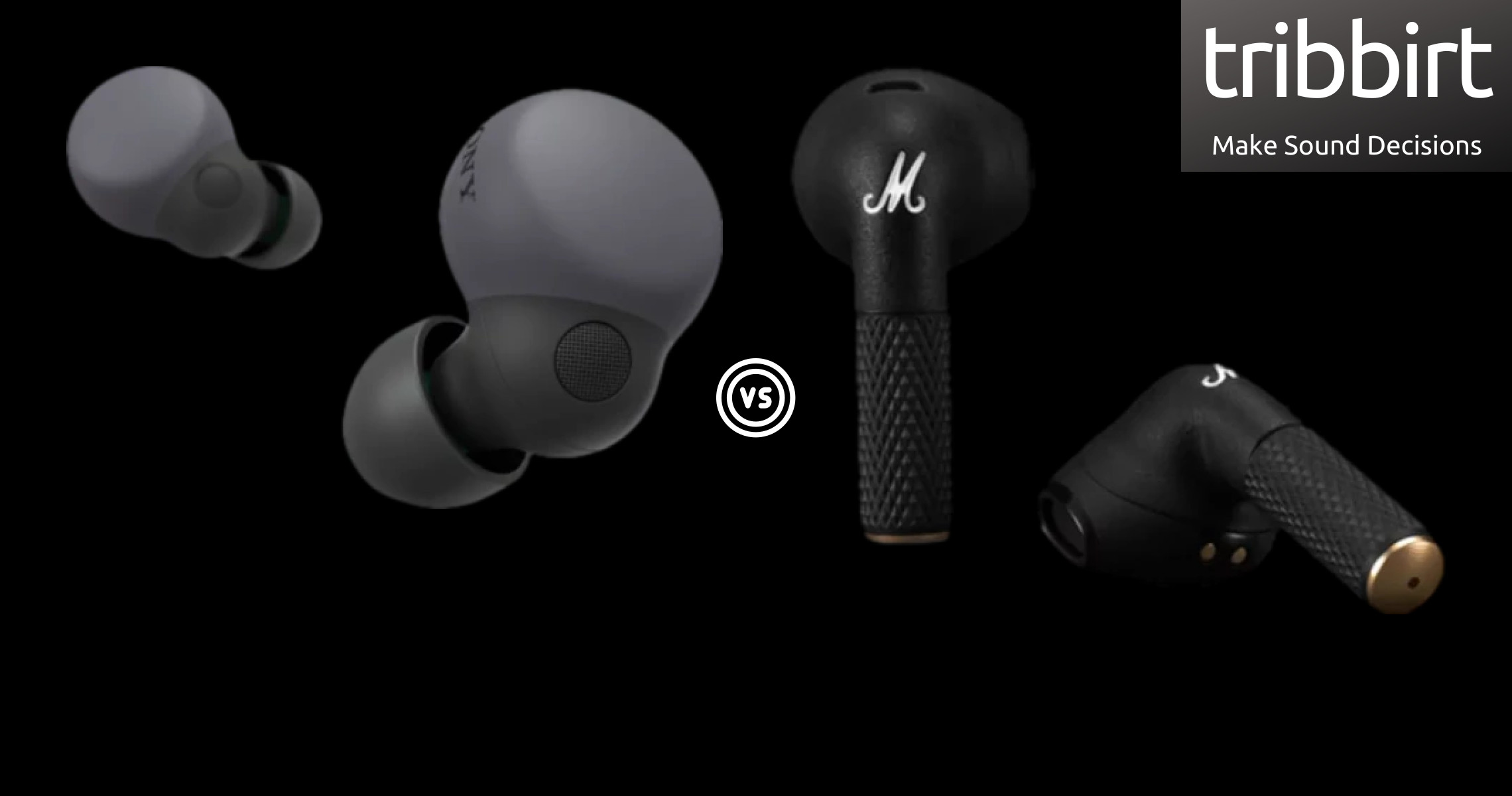
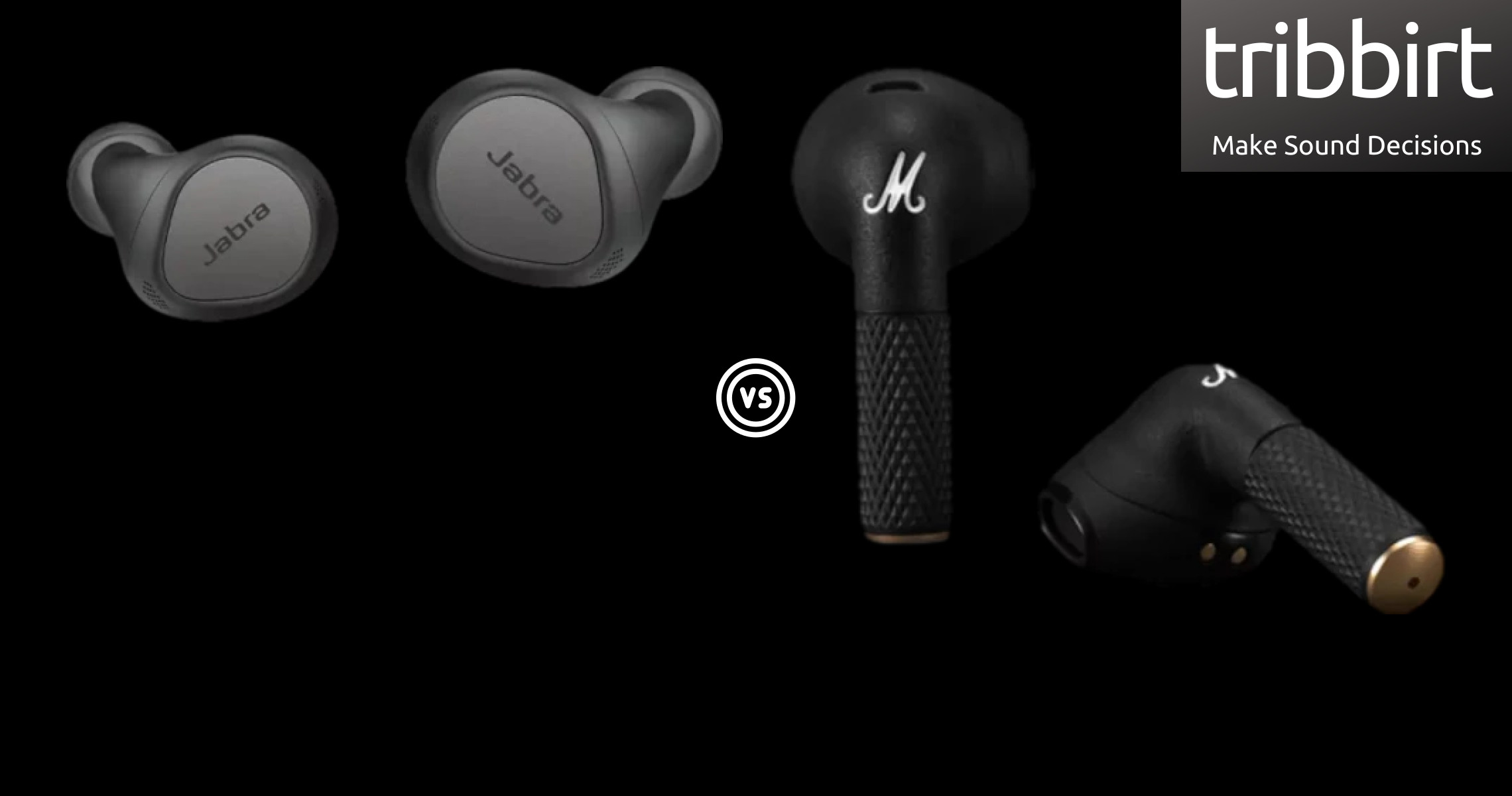
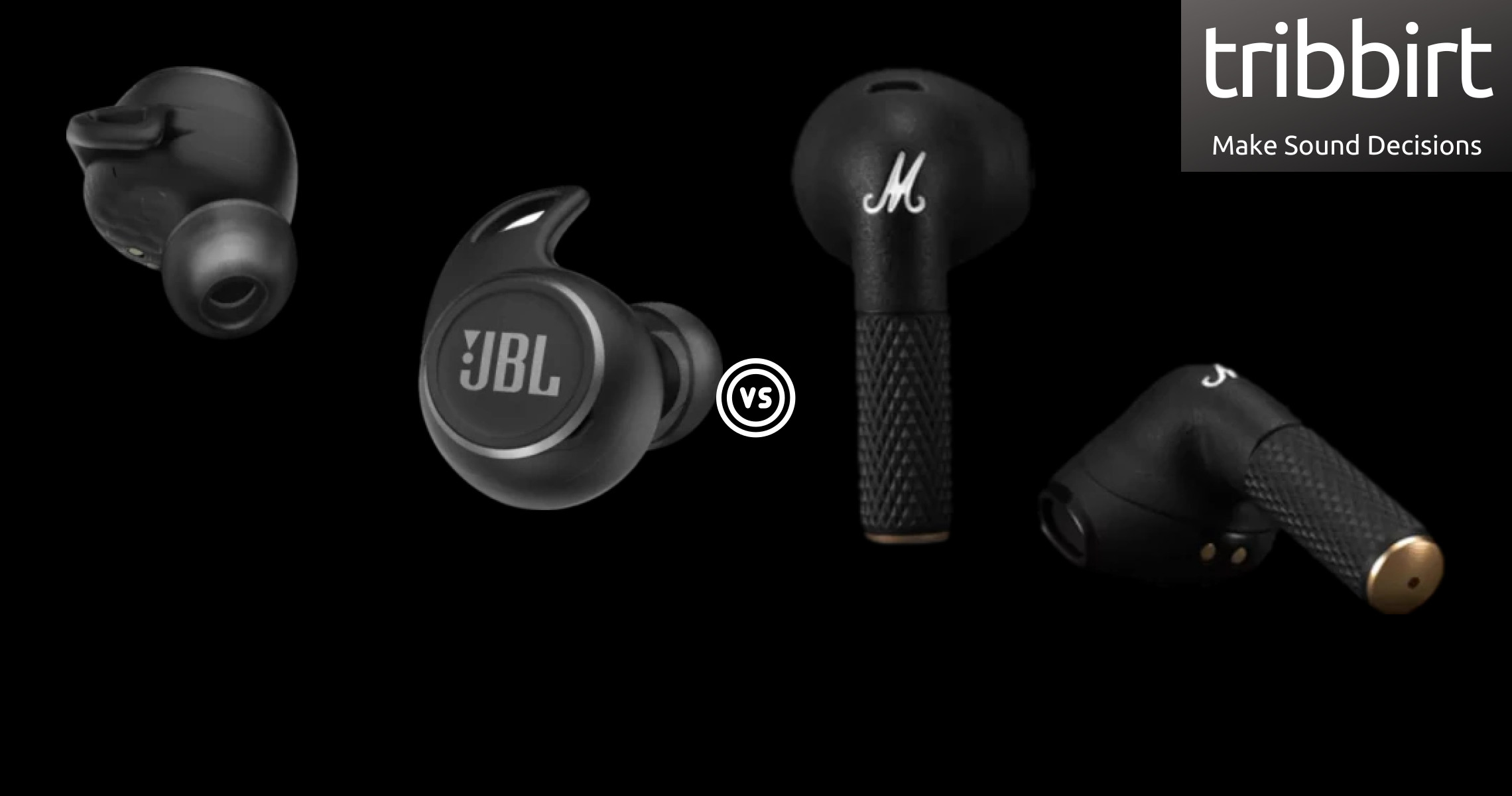


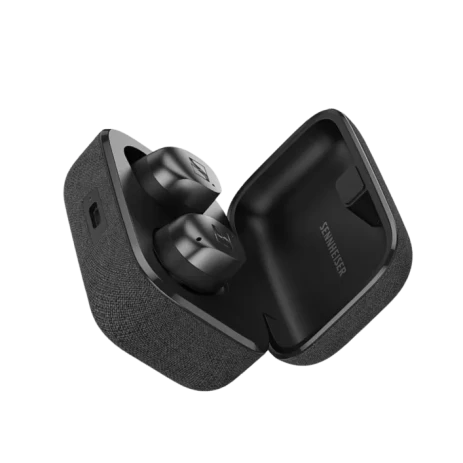 Sennheiser Momentum True Wireless 4 Vs. Marshall Minor Iii Review
Sennheiser Momentum True Wireless 4 Vs. Marshall Minor Iii Review
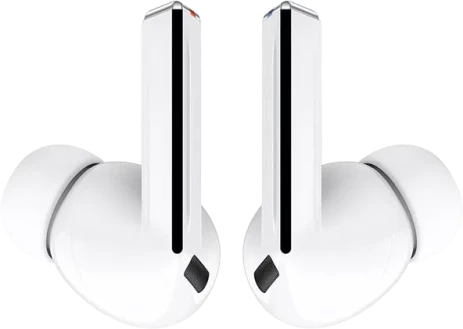 Samsung Galaxy Buds3 Vs. Marshall Minor Iii Review
Samsung Galaxy Buds3 Vs. Marshall Minor Iii Review